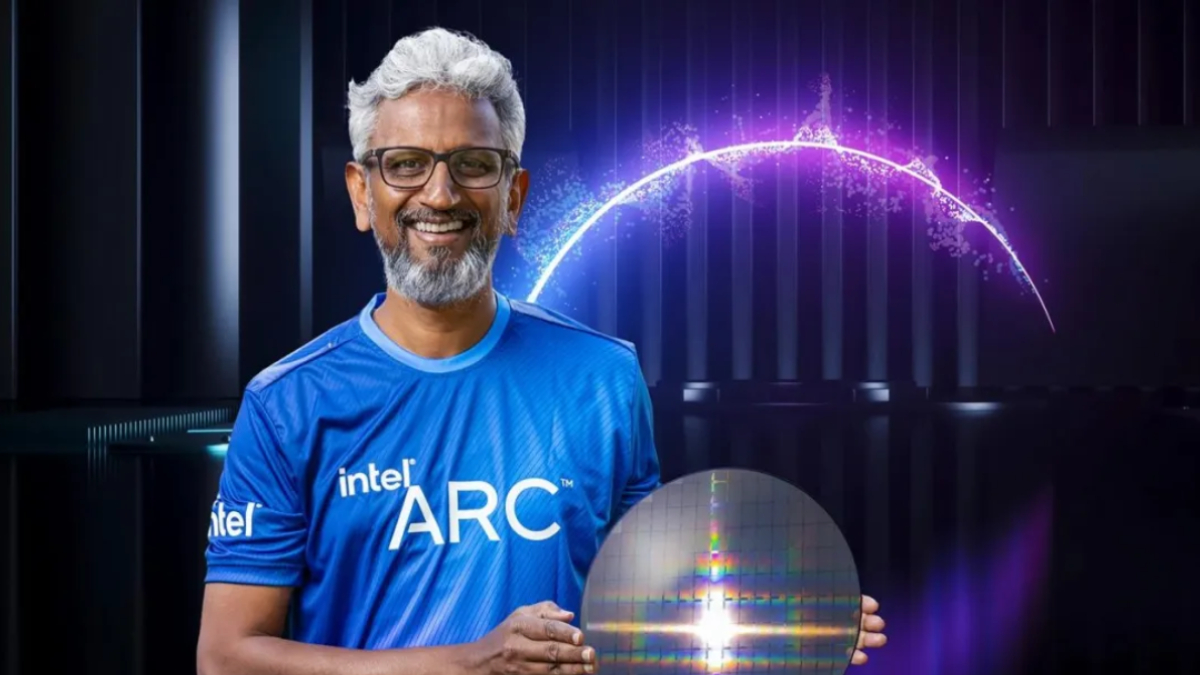Ex-Intel exec blames culture of “learned helplessness” for its stifled innovation

Table of Contents
2024 wasn’t a great year for Intel, and in the meantime, rival AMD is dominating the CPU market. The Ryzen 7 9800X3D, which was released back in November 2024, quickly became the best processor for gamers. And it doesn't stop there, as AMD is about to launch two new X3D chips, the 9950X3D and 9900X3D, which offer even better productivity while keeping the gaming-focused X3D design. Intel, on the other hand, hasn't released anything groundbreaking for some time, and an ex-Intel executive has provided a damning verdict of why that could be.
Intel’s ex-chief architect shares reasons behind the company’s downfall
According to Raja Koduri, former chief architect at Intel, the company's biggest issue isn't just manufacturing delays, it's a cultural problem. He blames Intel's slow progress on what he calls a “learned helplessness” inside the company. This means that many engineers have given up on trying to push forward because of all the bureaucratic obstacles in their way.
Koduri explains that Intel has always focused on performance. The company built its reputation by making the fastest, most powerful processors. However, this approach requires constant innovation. Unfortunately, Intel has been stuck for years. Their 10nm manufacturing process caused massive delays, putting them behind competitors like AMD and TSMC. Instead of quickly adapting and using external manufacturers like TSMC, Intel stuck to its own plans, even when they weren't working.
Koduri points out that Intel's internal processes have slowed down decision-making. He describes “spreadsheet and PowerPoint snakes,” a term for corporate bureaucracy that focuses too much on short-term numbers rather than long-term innovation. These bureaucratic processes make it difficult for engineers to take risks or try new things. If an idea fails, the company's management quickly shuts it down, making employees afraid to experiment. Over time, this has created a culture where people feel powerless to bring new ideas to life.
“The tragedy of Intel’s treasures lies in their delayed or deferred deployment. For over five years, the company’s product roadmap – the vital pipeline for bringing these innovations to market – has been clogged by manufacturing challenges. While the troubles began with 14nm, the 10nm node became an unprecedented bottleneck that cost Intel half a decade of leadership. However, manufacturing delays tell only part of the story. Deeper issues, rooted in culture and leadership, prevented Intel from making pragmatic decisions – such as timely adoption of external manufacturing capabilities like TSMC when internal solutions faltered.”
Raja Koduri
Intel needs innovation to take on AMD
We’ve previously discussed how Intel needs an equivalent to AMD’s X3D. CPUs with 3D V-Cache technology often dominate CPU sales charts, highlighting the strong demand for such processors. Intel’s Tech Communication Manager, Florian Maislinger, confirmed that the company has plans to increase cache size. However, a report from HardwareLuxx claimed that Intel views gaming as “too small a market.” Regardless, if Intel wants to make a comeback, it must develop something that can compete directly with AMD or Nvidia’s products.
In any case, Intel is currently in a tough spot. AMD is leading with its X3D processors, and Intel hasn't released anything that gives them an edge. Manufacturing delays, poor leadership decisions, and a culture of fear have all contributed to their downfall. If Intel wants to get back on top, it needs to change how it operates and bring something new to the table.
